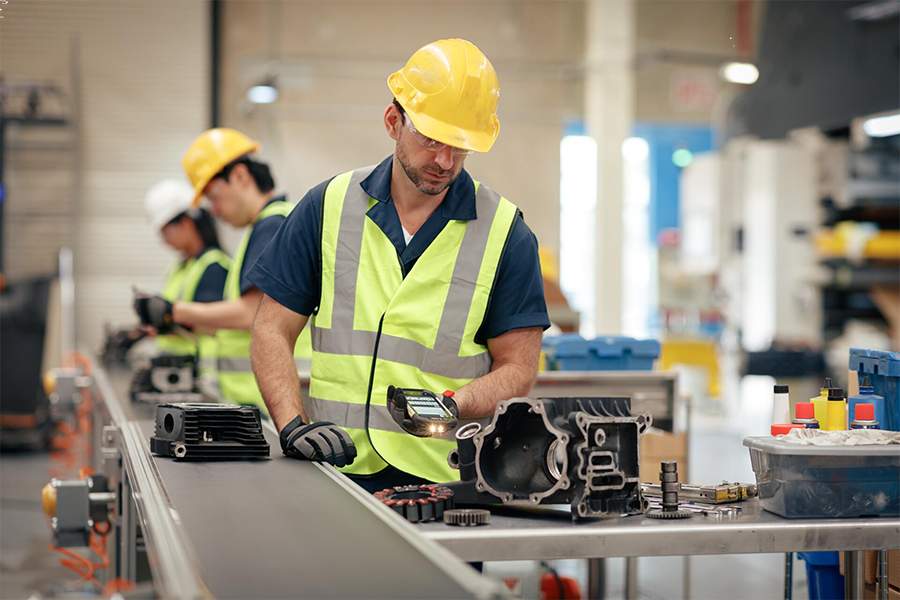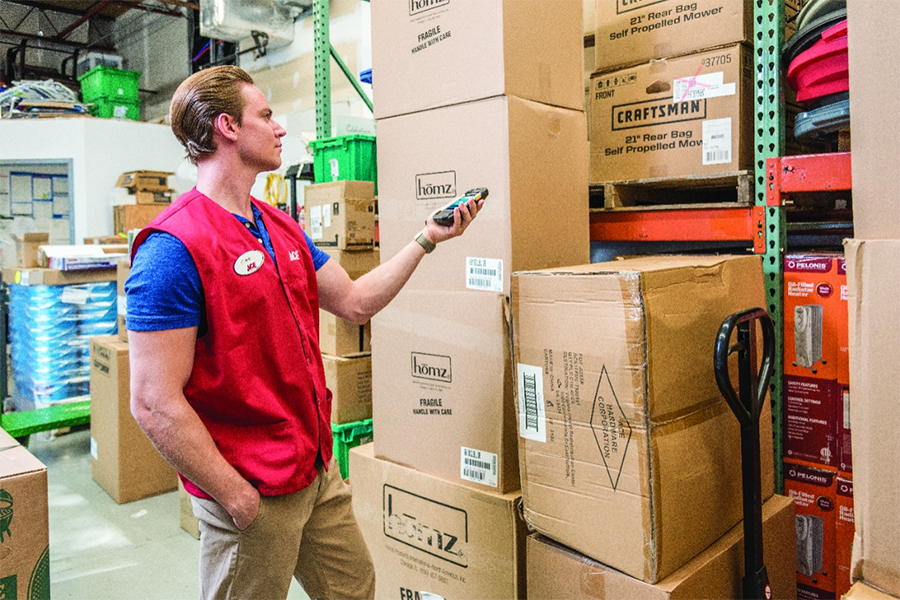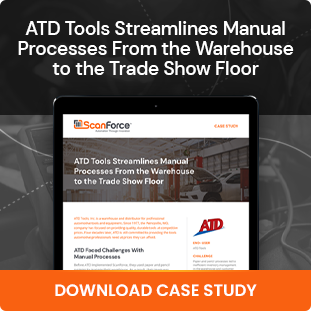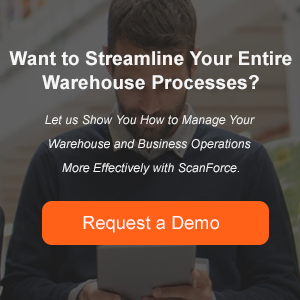Here’s What You Need to Know When Looking For A Warehouse Barcode Device
It’s no secret that the benefits of using barcode technology are well documented–software, label design, printers, and scanners–to more efficiently process inventory items. In fact, the amount of data available can be overwhelming. Especially about mobile computers, also referred to as scanners, guns, and ‘that thing that shoots out the laser.’ These are the warehouse barcode devices that industry professionals use to capture inventory transactions–receiving, transfers, physical counts, manufacturing, and picking/shipping.
There are many varieties of these devices. So, which ones should you consider? Let’s break it down into meaningful features like functionality, price, and more.
1. The Environment
Where will the barcode device be used? Some warehouses and factories are clean and fairly pedestrian. The device is rarely dropped and only needs to withstand the extremes of summer heat and winter cold. Every warehouse purpose-built device can handle that, so a low-durability, low-cost device may do the trick. For extreme cold, like a freezer, freezer-grade devices can work in temperatures as low as -22 degrees Fahrenheit.
For dusty and wet workspaces, look at the device’s Ingress Protection, or IP, Rating. The first number of the rating represents the level of protection from solid material, and the second number is from liquids. The highest solid material rating is 6 (dust-tight), and the highest liquid rating for mobile devices is 8 (continuous immersion). Typical ratings range from IP54 to IP67.
As for durability, these devices have ‘Drop Specs’ that range from multiple drops to concrete at 4’ up to 8’. The higher the drop spec, the more you will pay for the durability. Durability and an integrated scanner are the main differences between these warehouse purpose-built devices and consumer-grade devices, such as Apple iPads/iPods/iPhones and Android tablets and phones, which are not recommended for most warehouse environments.
Scanning distance is also a consideration. Typical users are no more than 8” away from the barcode when scanning. A Standard Range will handle that. There are Extended Range (8” to 30”) and Long Range devices as well (3’ to 30’). Factors to consider for longer range scanning are lighting (the brighter, the better), the angle of scanning (the less angle, the better), and the size of the barcode. Many are super impressed that a scanner can scan from 30’ away until they see how big the barcode needs to be. However, many think they need longer range scanning when, in fact, they don’t. As you would expect, longer-range scanners are more expensive, so make sure you really need it.
2. Data Entry
How much data will be entered via scanning barcodes, selecting options from a list, and keyboard entry? Devices come in various form factors and screen sizes (3.2” to 5”.) Some are full touchscreen like a cellphone, while others have different keyboard configurations, from numeric (29-key) to full alphanumeric (53-key) and several in between. Consider what data you would be key entering – numeric only, alpha only, or alphanumeric. And, are there a lot of characters, like in a long serial number?
When scanning a lot of barcodes, having a pistol grip (hence the term ‘gun’) is ergonomic as well as efficient. Moreover, all devices are touchscreen these days; almost everyone owns a cellphone and is very comfortable using those devices.
3. Technology
Nearly all mobile computers made today run Android. The processors in them are better than what you had in your PC just a few years ago, so they are fast. Memory starts at 3GB/32GB and is more than enough to run most warehouse applications. In addition, certain models have Terminal Emulation (TE) methods available.
These devices have built-in scanners. You guessed it! There are a bunch of different scan engines available. The typical barcode you see is called a linear barcode, picket fence or 1D. These are UPC codes you see on products. Other common linear barcode symbologies are Code39, EAN and GS1-128. Laser, or 1D, scan engines can read these codes. Codes that are becoming more common are matrix, or square, barcodes. You see these on UPS/FedEx packages (Data Matrix) and in magazines and stores (QR codes). These codes can hold a lot of information in a small space. Image, or 2D, scan engines can read these codes, as well as linear (1D) codes. It’s well worth the couple of extra dollars to future-proof your investment by going with the 2D scan engine.
Other scan engines can read tiny codes on electronics and codes etched on metal or plastic (dot peen, direct part marking (DPM)
And then, there are RFID readers, which is a whole other conversation we’ll save for later.
4. Connection
Back in the day, you could ‘cradle’ your device and connect via USB. Android devices need to get on a network to communicate. Nearly every device these days comes with WiFi (802.11, LAN) and Bluetooth (PAN). For a little extra money, you can get a cell (WWAN) and use a data plan. For most warehouse applications WiFi is just fine. Remote workers and those companies with inventory outside in big yards may need a cellular connection. Bluetooth is typically used to connect to other devices and to mobile printers.
5. Price
Of course, depending on the features and functionality you need based on all the previous information, these devices can range from $600 to $3,000 and more. Durability is the first big jump in price followed by special purpose (freezer), communication then scan engine requirements. Don’t forget to budget for charging cradles, cables, spare batteries, battery chargers, extended warranties and other accessories you won’t be able to live without. These can easily add another $300 to $500 to the cost of a device.
Warehouse Barcode Devices: The Bottom Line
Scanners are just like most anything else. There’s a particular one to meet just about any need. Break down your needs using the areas above and you will quickly get to a nice narrow range of devices you can start to budget for.
Have questions on any of what you just read? Feel free to contact us and we’d be happy to talk more about selecting barcode devices for your warehouse!




